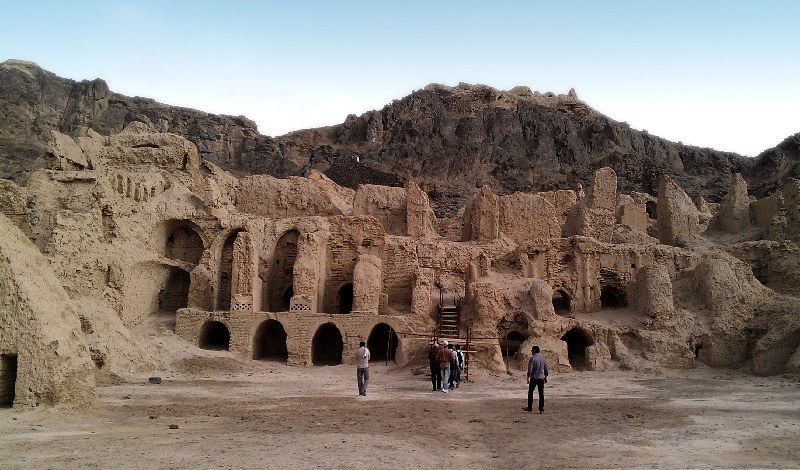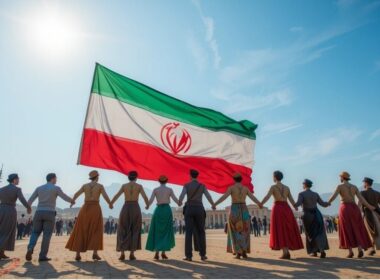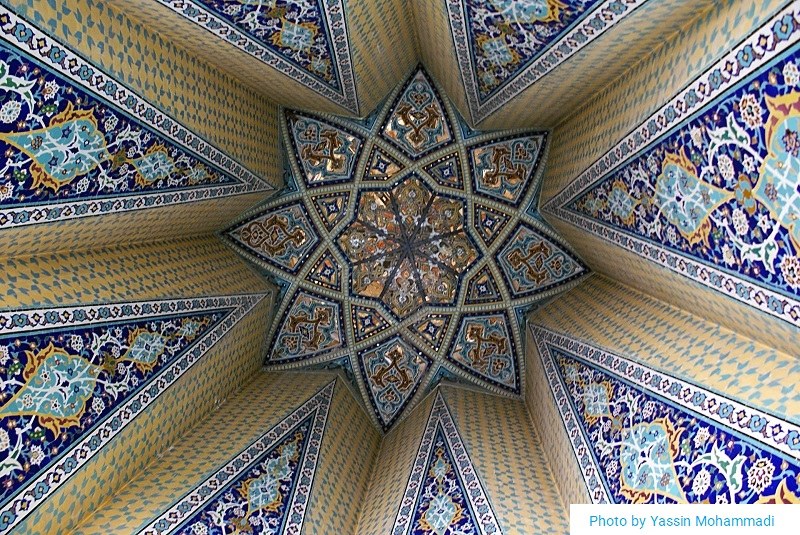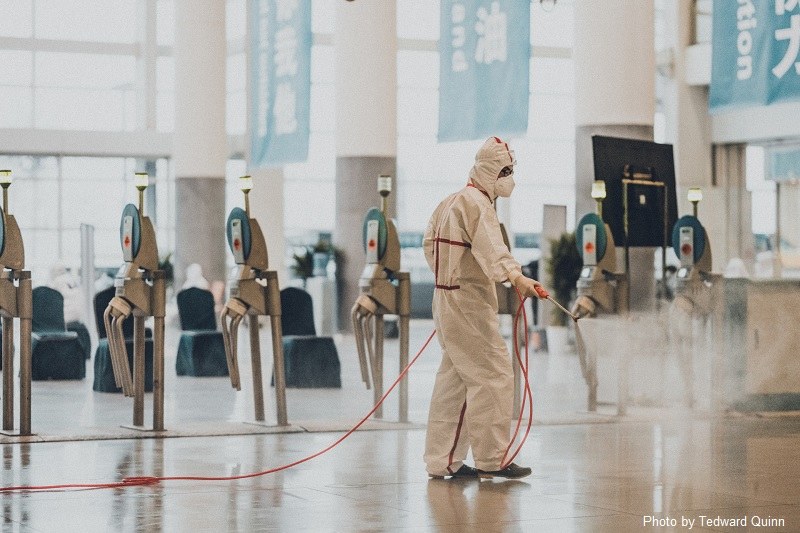
Mount Khajeh is located about 30 km south of Zabol. It is located in the middle of a sacred Lake called Hamoun. Mount Khajeh is composed of black basalt stones. The monuments in the mount include a huge building, a fire temple, two sun-dried brick castles, remains of an old road, various fences, and some rock-made graves. There are also some Islamic shrines in the Mount Khajeh area.
This mount is the only natural feature in Sistan Plain. The approximate height of this mount is 609 meters above sea level. It also forms a small island in the middle of Lake Hamun when it is full of water. Mount Khajeh is the largest sun-dried brick architectural monument of the Parthians Period in Sistan. It is one of the most significant monuments of Parthian, Sassanid, and post-Islam era.
Aurel Stein, the famous British archaeologist, was the first one who discovered Mount Khajeh Complex in 1916. Then, Herzfeld, a German Professor, conducted research in Mount Khajeh from 1925-1929 to find any possible relics or ruins. He published his findings in his books entitled “Iran of the Ancient East” and “Archeological History of Iran”.
The first phase of this monument relates to the pre-Sassanid period, it means to the first century. The second phase dates probably back to the early Sassanid period, meaning to the third century. Moreover, the period of the Scythians in the east of Iran was almost simultaneous with the period of the Parthians in western Iran.
Significance of Mount Khajeh in Different Religions
Mount Khajeh is sacred for Zoroastrians, Muslims, and Christians. In Mazdayasna and Yasht Pahlavi Sassanid’s literature, Mount Khajeh is a holy place for the emergence of Saoshyant, the redeemer character in the Zoroastrian religion. In addition, the Zoroastrian religion calls this mount as the Mount of God, Ahouren. In the first two weeks of the Zoroastrian year, many Zoroastrian pilgrims go to this mountain for praying.
Oshida is another name of this mountain. In Christianity, Oshida is the place of wisdom and intelligence. The Bible has mentioned its name repeatedly. Hence, this mountain has a significant position in Christianity.
On the other hand, there are several shrines related to the post-Islam era and numerous rock graves of the post-Islamic era in this mountain. This is the reason why Mount Khajeh is popular among Muslims.
Among the monuments of this mountain, Parthian – Sassanid Palace, stuccos and paintings have many historical values. In fact, Mount Khajeh is one of the most important and best examples of Iranian architecture in the Sistan region.
Mount Khajeh Usage in Different Periods
The architectural monuments of Mount Khajeh are a part of a large castle or a small town. People used these buildings during certain periods of the Parthian, Sassanid, and Islamic at least.
There are fire temple, Khajeh Mehdi Shrine (a fan of the Alavids) and a cemetery remained from different periods in this mount. The most significant and sizeable part of the ancient monument of Mount Khajeh is located on the southeast slope of the mountain, which has three defensive walls, main gate, side corridors, central courtyard, fire temple, etc. This section is known as “Kafaroun Castle”. The second complex constructed at the highest point overlooks Kafaroun Castle and is known as “Kak Kohzad”. This is Shahneshin (literally meaning the residence of King) of the citadel.
A Collection of Different Arts
This grand historical complex has many architectural and artistic masterpieces. Mural paintings of Mount Khajeh are the most beautiful and unique decorations of the main palace or the ancient castle there. Today, there are few remnants of these paintings left. Herzfeld has written many things about Mount Khajeh in his book entitled “Iran in the Ancient East”.
In addition, the Scythians, who migrated to Iran in 110 B.C, constructed the building of the palace located in the Mount Khajeh. At the time of the construction of this palace, Gandanfreh was the king of this territory. Since he was the founder and the owner of this palace, the other names of the palaces are “Palace of Rostam”, “Palace of Gandafreh” and “Palace of The Three Magi”.
On the other hand, the ruins on the southern slope of Mount Khajeh constitute a monument that we can consider it a fortress-like palace or a town. There are monuments in the corners of the ruins indicating that the palace has been rebuilt.
The architectural decorations used in some castles of this building are similar to Greek architecture. Architects adapted other decorations such as Water Lily (Nymphaea) from Achaemenid art.
It is worth noting that some parts of monuments are similar to Mesopotamian art. Khajeh Qaltan, Mount Nour, Mount Mouood, and Mount Bateni are the other names of Mount Khajeh.
Comparison with Similar Monuments
One can compare this monument to a few other sites because of certain similarities. They are:
• Bampour Castle
This building dates back to the Sassanid period and the post-Islamic historical periods. Therefore, it is comparable to Mount Khajeh. The castle is located in Iranshahr, Bampour City. Iranian National Heritage Organization has inscribed it as a national heritage. Bampour Castle is a major military castle in Asia, located 24 kilometers west of Iranshahr.
It is located on a high artificial mound at an altitude of 80 meters. The best time to visit this castle is autumn and winter.
As the local legends narrations say, Bampour belonged to Bahman (son of Esfandiar). Based on the historical books, people called this place as Ban Pahl, which means the last city. This castle was the center of Kerman and Baluchistan government in the Sassanid and Parthian periods.
Architects constructed this building in two sections that are not identical in terms of height. The courtyard is located below the entrance to the eastern wall of the castle and several towers surround it. Sun-dried brick and clay are the main materials used in the construction of this building.
• Arg-e Bam
This is the largest sun-dried brick structure in the world. It is located near Bam City, in Kerman province, in southeastern Iran.
UNESCO has inscribed Bam and its cultural area on the World Heritage List. This huge citadel is on the path of the Silk Road. The construction of Arg-e Bam dates back to the 5th century BC and people inhabited it until 1850 BC.
The whole building is a great fortress (like Mount Khajeh) and a citadel (Arg) is located in the middle of it. However, due to the imposing appearance of the citadel, which is also the highest part of the complex, people call the entire fortress as Arg-e Bam.
The area of this citadel is nearly 180,000 m2, surrounded by walls of 6 to 7 meters high and 1815 meters long. The Arg consists of two separate parts, and each one has got its own features. There are about 67 towers scattered throughout Bam Ancient City.













